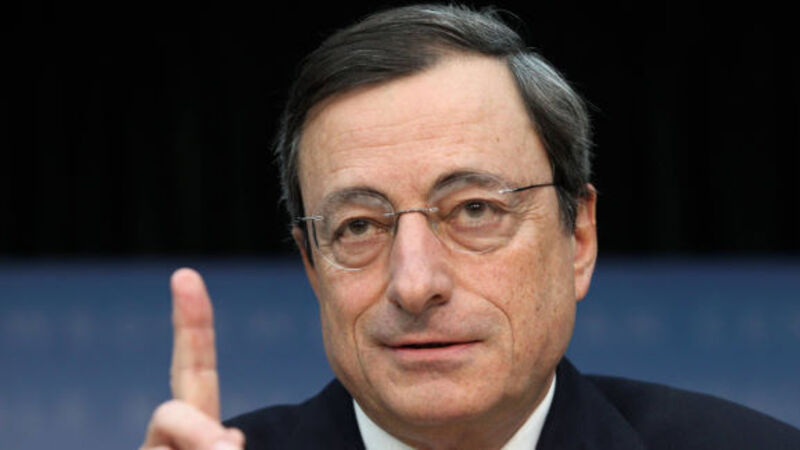Traders confident in Draghi’s efforts to weaken euro

Mr Draghi has signalled he wants to boost the central bank’s balance sheet to as much as €3 trillion of assets from €2tn, expanding the supply of euro in the process. Yet, when the ECB went to lend cash to banks under its first targeted longer-term refinancing operation, they borrowed just €82.6bn.
Companies from UBS Wealth Management to Morgan Stanley say they aren’t discouraged, and the 18-nation currency is poised to depreciate further as more euro make their way into circulation.
















